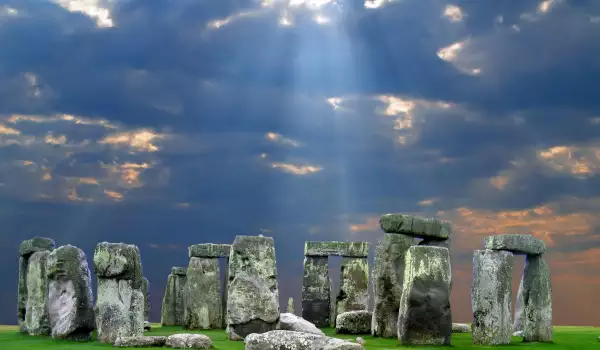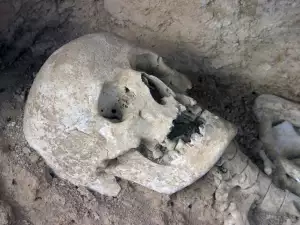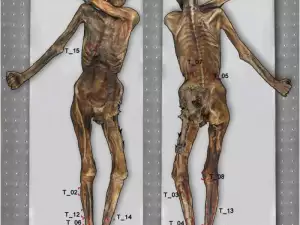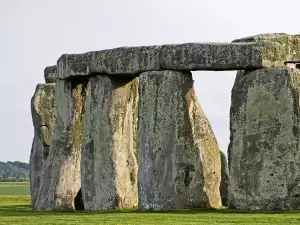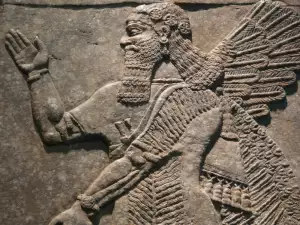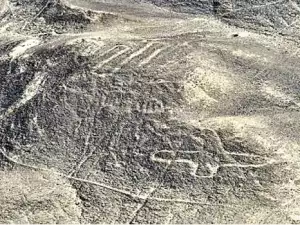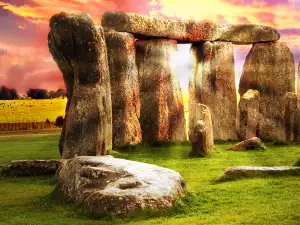Archaeologists from the University of Bradford have discovered an enormous stone monument 4500 years old. The ancient structure is located just about a mile from the world famous Stonehenge, reports the Daily Mail.
"Stonehenge has for centuries been puzzling and earning the admiration of both archaeologists and tourists alike. It's probably no wonder then that a similar prehistoric miracle has been ignored for so long, " says Professor Vince Gaffney, who made the discovery.
His team came upon a long line of gigantic stones buried in the peat-rich soil of Southern England. It turns out that the area around Stonehenge is teeming with prehistoric landmarks but 90% of them have been lying beneath the earth for a long time and have just recently been rediscovered for the world with the help of complex radar equipment.
Each of the found stones is 17 ft (5.22 m) tall. Instead of being arranged in a circle, like Stonehenge, they were placed in a long row.
"We're looking at one of the largest and oldest stone monuments in Europe and the funny thing is it has been under our noses for something like 4000 years, " says Gaffney. According to his team, there is no monument similar to it anywhere on Earth.
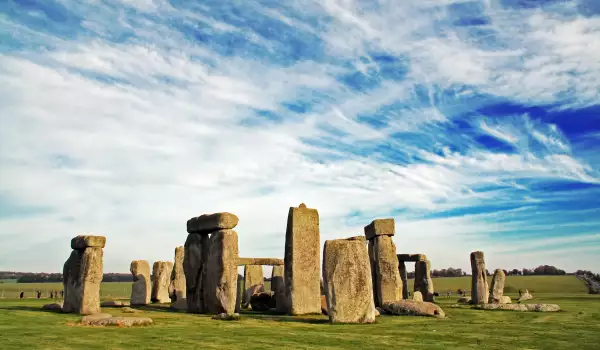
The archaeologists postulate that what has come to be known as the "Second Stonehenge" to the public once served as a location for various rituals having to do with the changing of the seasons.
The monument's main purpose was to impress. The row of monoliths stretched 1.8 mi (3 km) long. The experts theorize that construction of the complex was the largest above-ground project of its kind from prehistory till today.
Prof. Gaffney's team is still trying to determine whether the newly found monument was part of one gigantic ritual complex along with Stonehenge or was a separate sacred complex altogether. What is clear is that the same type of enormous sandstone blocks found at its more famous neighbor were also used for its construction.
The archaeologists believe that at some point in history the stones were knocked down and buried in the earth. But according to them this was no act of vandalism but an attempt to preserve them. Supposedly, the area where the Second Stonehenge was erected remained a holy place for the locals for centuries after.
